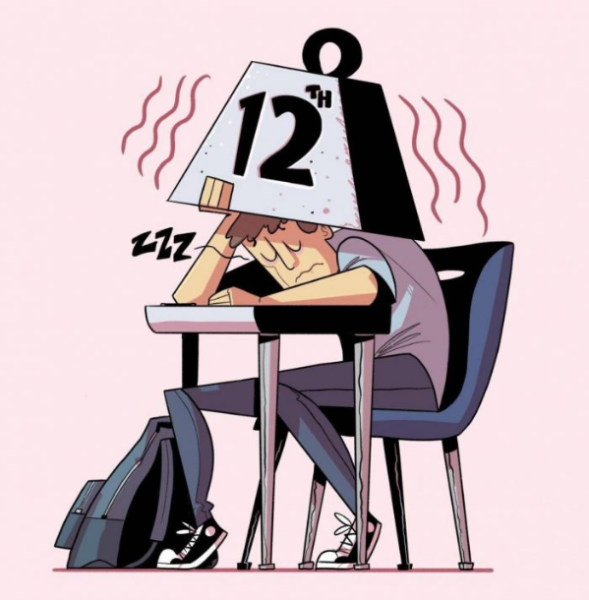Media Misrepresents Mental Illness
According to the National Alliance on Mental Illness (NAMI), 20% of teenagers ages 13 to 18 suffer from severe illnesses such as anxiety, bipolar disorder, eating disorders, depression and schizophrenia. An increasing number of television shows and movies have been creating characters with these disorders, but are these portrayals accurate?
The Canadian Mental Health Association (CMHA) states that the majority of the population receives information about mental illness through the mass media consisting mostly of television shows and movies.
Some of the most popular mass media products that involve people with mental disorders are movies about killers such as cult classics “Psycho” and “The Silence of the Lambs.” Because popular movies often impact the perception that the public has of mental disorders, there is a misconception that all mentally ill people are violent and perpetrators of crime. However, research conducted at several universities suggests that mentally ill people are more likely to be victims of violence than the perpetrators.
“Many people don’t know about mental illnesses,” English teacher Adam Bahr stated. “So people believe any information.”
Although those with mental health problems are misrepresented in many movies and television shows as unstable, when they are shown as functional people, the way they overcome their issues is still misrepresented.
In many movies and television shows, especially those targeted at teenagers, characters that have a plot line consisting of a mental health issue are shown to suddenly fix all their problems as soon as they find a love interest. This perpetuates the idea that mental health issues are not serious because they simply disappear as soon as the mentally ill character realizes that someone loves them.
For example, in the critically acclaimed movie “The Silver Linings Playbook,” Bradley Cooper’s character, Pat Soltano Jr. has bipolar disorder. In the movie he is shown to be receiving therapy for his health issue, but his treatment is not perceived to be the reason why his mental states improves. Instead, it seems like he overcame this issue due to his love interest Tiffany Maxwell, played by Jennifer Lawrence.
Because the media continues to show the public that they will be loved and receive attention if they have an issue like depression, many teenagers say they have a disorder in order to seem “cool” and “quirky.”
“In middle school all my friends started writing sad poetry and talking about cutting even though they did not have mental issues. It was really weird and gross since people in my family have them,” senior Nicole Kalitsi said.
Overall, the media portrays mental illness very poorly; if someone has a mental disorder, they are either too dangerous or need to be saved by love. But in reality, most mentally ill people are not dangerous if they receive the proper therapy.
In addition to this, having a significant other in your life will not get rid of a mental health problem, and having popular media that states otherwise will not only cause others to claim to have an illness to emulate characters, but will also cause those who do suffer from severe disorders to believe this. Convincing those with disorders that they need love in order to be “fixed” will only magnify their issues because they are not receiving help and could possibly lead to suicide.
The purpose of the popular media is to provide entertainment, and it achieves this with its portrayal of mental illness. However, if movies about murderers are the most commonly known representation of mental illness, then the public will continue to believe that mental health problems cause a person to be villainous.
Also, the way the treatment of mental illness is depicted shows the public they do not need therapy if they have an issue, which causes many to suffer from an untreated mental illness. Although the stigma surrounding mental health has improved in the past several years, the way it is shown on popular media must change.



